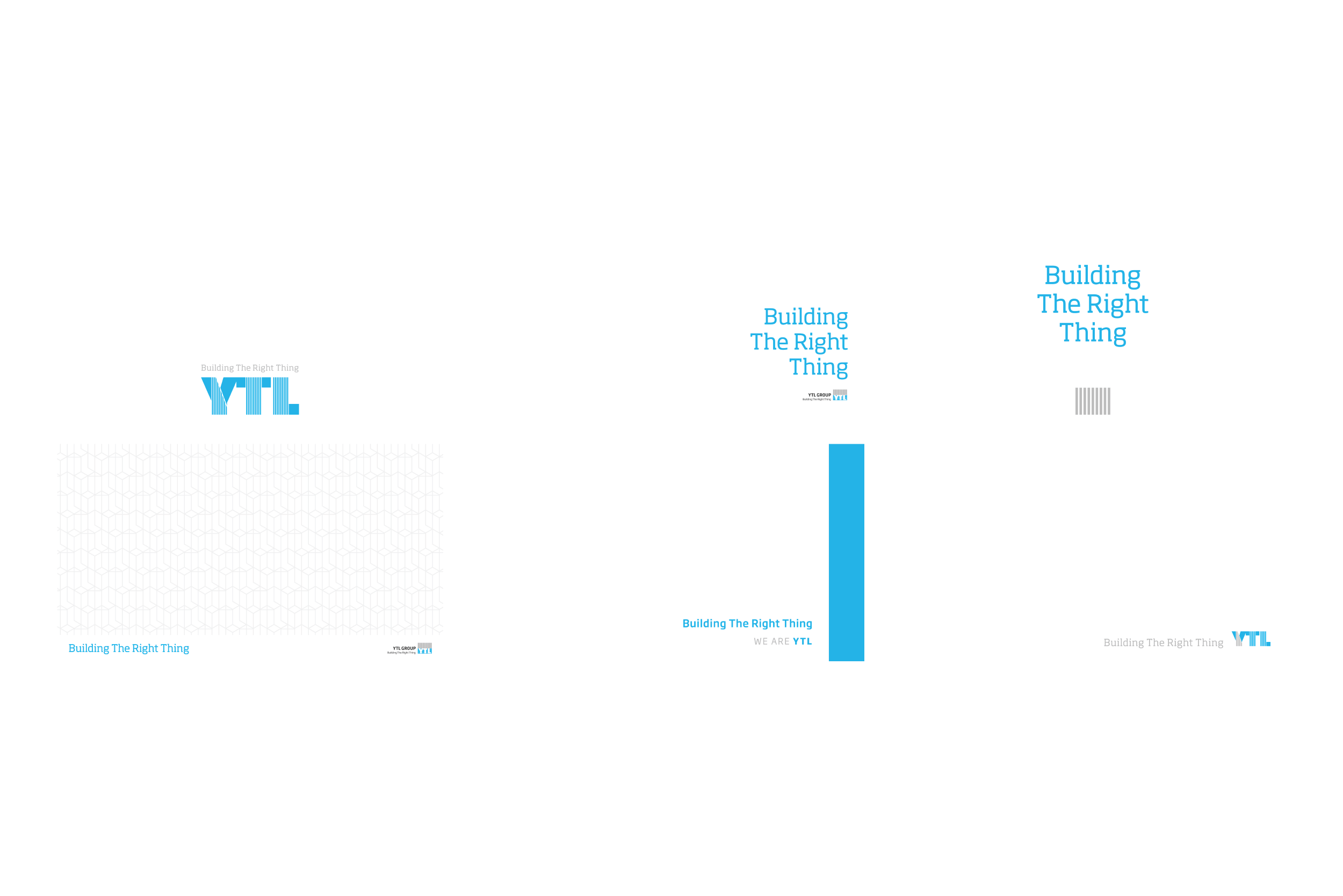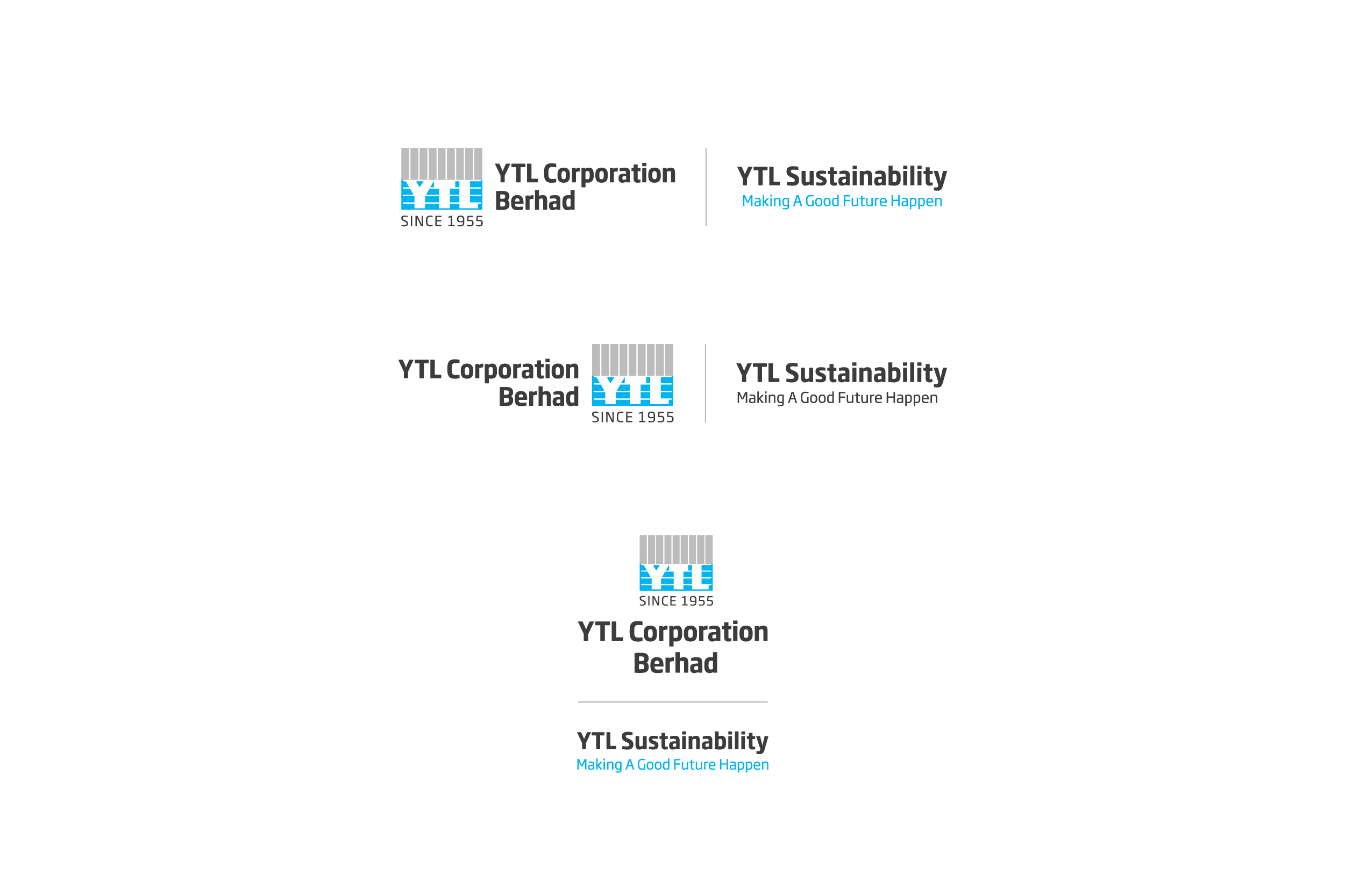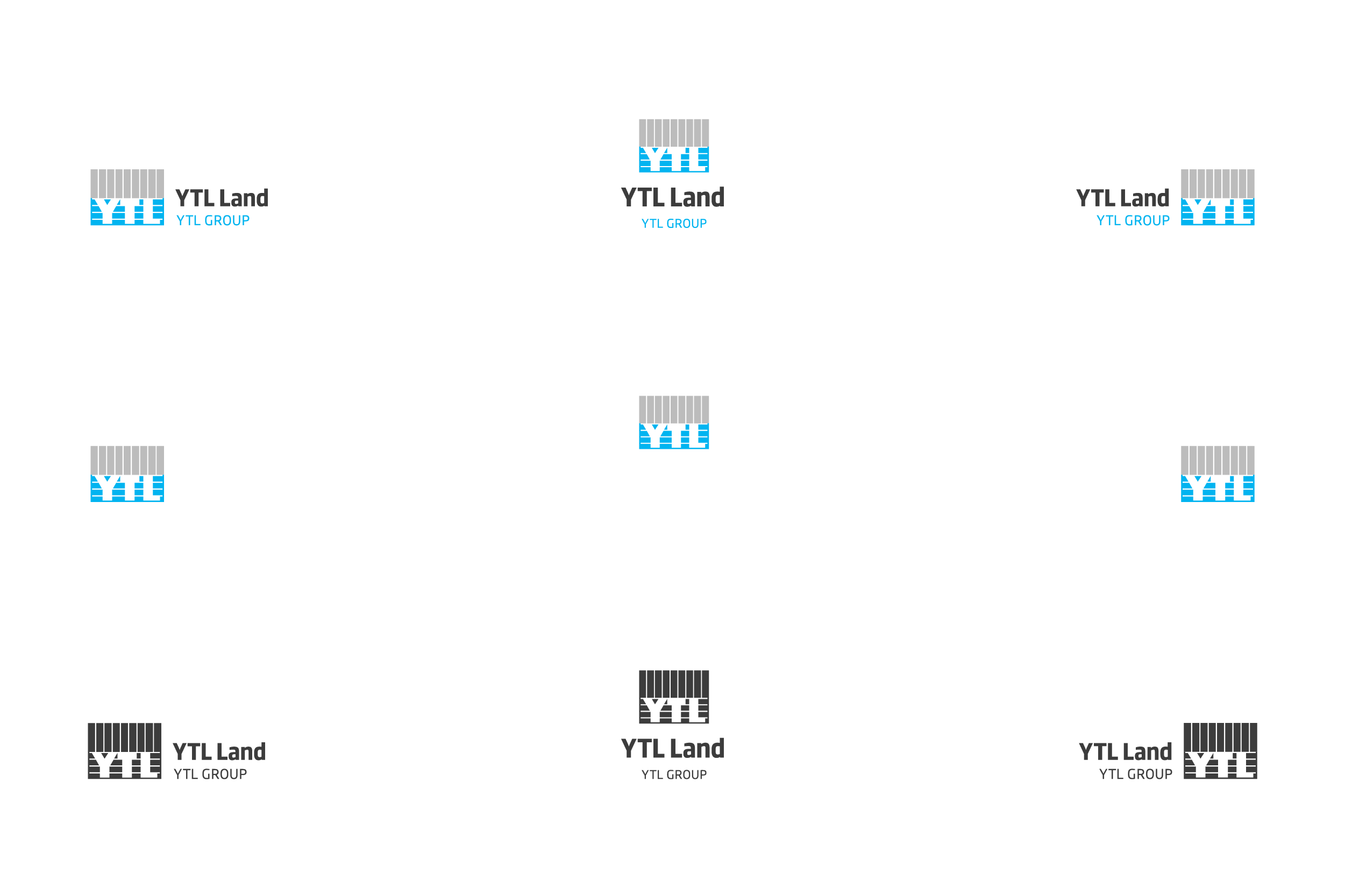by Anishametra Saravanan
In case you missed the article last week on us announcing our very own YTL tartan, we’re diving deeper into the captivating world of tartan prints.
In the world of fashion and tradition, tartan prints stand as a symbol rich in Scottish history and cultural significance. These unique patterns carry stories that transcend generations. But what do tartan prints really mean, and why are they more than just aesthetically pleasing designs that you would often see on models in the runway?
Tartan, at its core, is a robust and durable fabric characterised by a pattern of crisscrossed horizontal and vertical bands in multiple colours. Known to have been worn in Scotland since at least the third century A.D., each tartan design holds a unique combination of colours and stripe widths, representing different clans, regions, or institutions. Beyond its visual appeal, tartan is a language of identity, known for expressing affiliations, loyalties, and cultural ties.
For many, a bright bolt of tartan epitomises Scotland, conjuring misty, heather-filled glens and bagpipers in Highland dress. But for Scots, the colourful pattern adorning kilts and bonnets (a type of cap) has a checkered past. Worn by royalty and ruffians alike, tartan has evoked both the traditional and the subversive throughout its history, at times affirming Scottish identity and ridiculing it.

The earliest image of Scottish soldiers wearing tartan, from a woodcut circa 1631
Traditionally crafted from wool, tartan served as practical everyday wear for Highlanders, the predominantly Gaelic-speaking clans of Scotland’s north. By the mid-18th century, this bold print transformed into a symbol of allegiance to Bonnie Prince Charlie, leading the Jacobites in the failed 1745 uprising against Britain’s Protestant King George II.

The world’s first colour photograph, made by the Scottish scientist James Clerk Maxwell in 1861, was a tartan ribbon
Following their defeat at Culloden in 1746, Highland dress, including tartan garments like the phillabeg, trews, and trench coats, faced a ban. Though there is a historical misconception that tartan itself was banned, only certain patterned items were restricted. The repeal of the ban in 1782 marked a pivotal moment, altering the trajectory of tartan’s significance.
While the cloth may have a long and complicated past, it has proved to be surprisingly adaptable to the changing winds of politics and fashion – from workwear to tourist souvenirs and clans to catwalks.
The significance of tartan prints can be traced back centuries, with each pattern telling a distinct story. From the battlefield to family heritage, tartans have played a pivotal role in shaping identities. Clans in Scotland used specific tartans to distinguish themselves on the battlefield, creating a visual representation of unity and pride.
In more contemporary settings, tartans continue to carry meaning. They are often used to connect individuals to their roots as it fosters a sense of belonging and heritage. Whether worn as a kilt, scarf, or accessory, it becomes a personal emblem, reflecting one’s history and connections.

The Glasshouse staff donning the new YTL tartan
For The Glasshouse tartan commissioned by YTL Hotels, the fabric crafted in collaboration with Gordon Nicholson Kiltmakers, intertwines the Scottish heritage of the Edinburgh hotel with the Malaysian roots of YTL Hotels. This amalgamation of cultures is not merely a visual representation; it’s a narrative woven into the fabric.

The YTL Tartan beautifully weaves the colours of the Malaysian flag into a traditional Scottish tartan design
During the recent Burns Celebration Dinner hosted by Executive Director Dato’ Mark Yeoh Seok Kah in Edinburgh, the Glasshouse tartan took centre stage. As guests and staff donned the officially registered pattern under The Scottish Register of Tartans, they not only showcased a stylish garment but also carried the essence of YTL’s Malaysian identity.
In conclusion, tartan prints transcend mere designs, serving as carriers of history, tradition, and cultural narratives. The Glasshouse tartan, commissioned to mark two decades of global hospitality by YTL Hotels, becomes more than a pattern; it embodies the fusion of Scottish heritage and Malaysian roots. As the threads intertwine, this unique tartan not only graces our garments but also symbolises our identity and brand. It reflects the diverse and interconnected story of YTL in every intricate weave.
Source:
National Geographic
Protothema News










